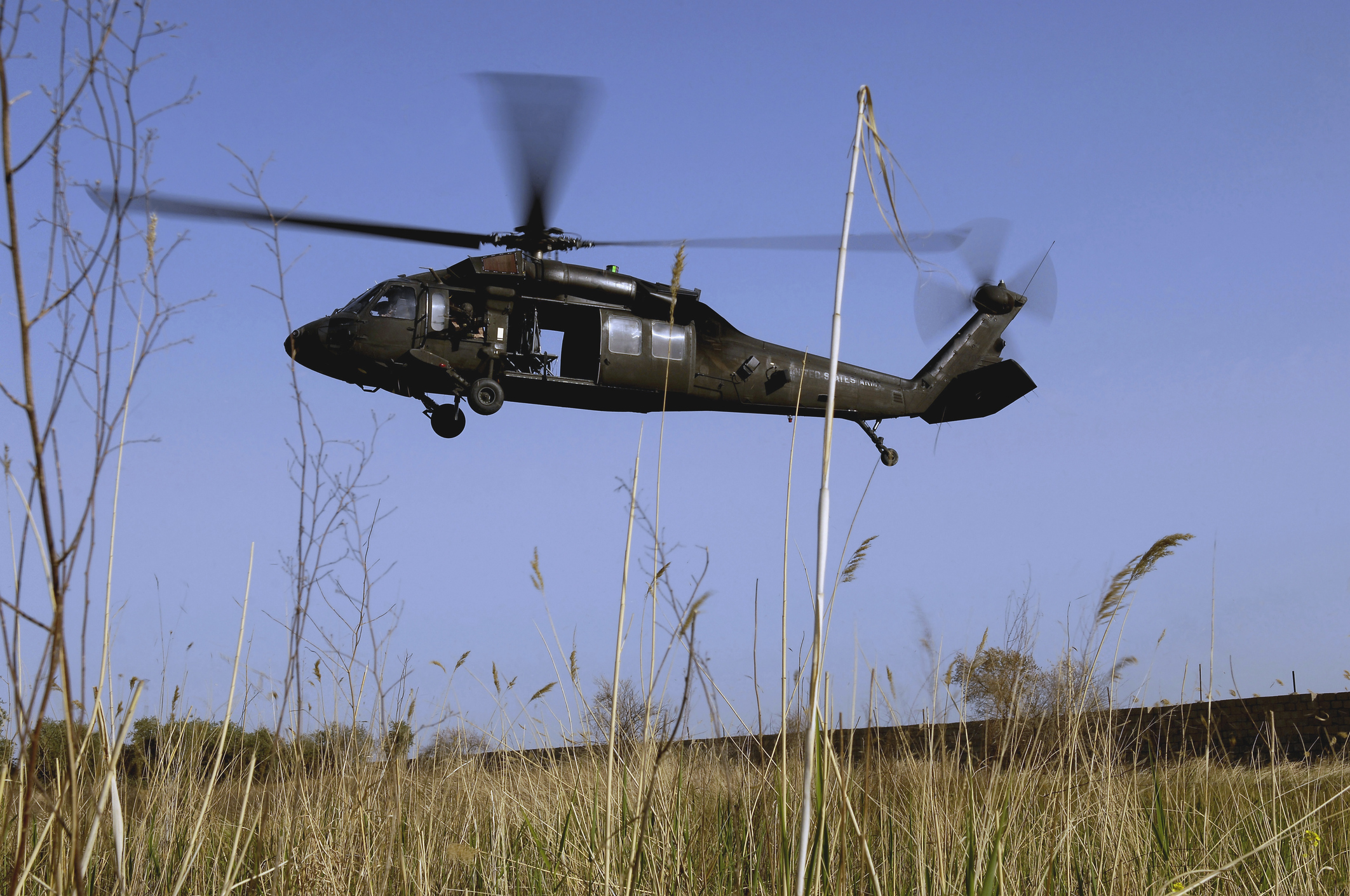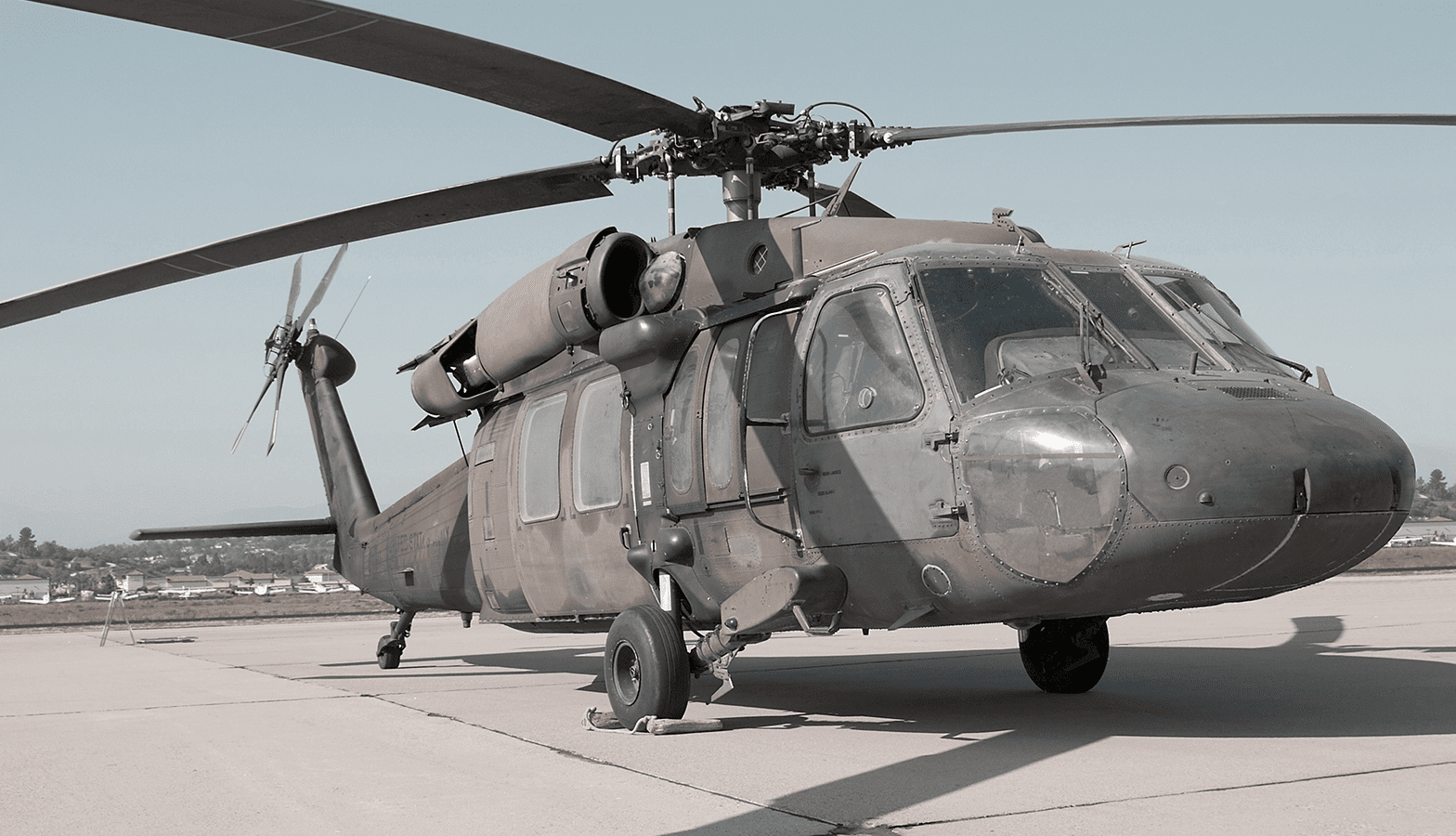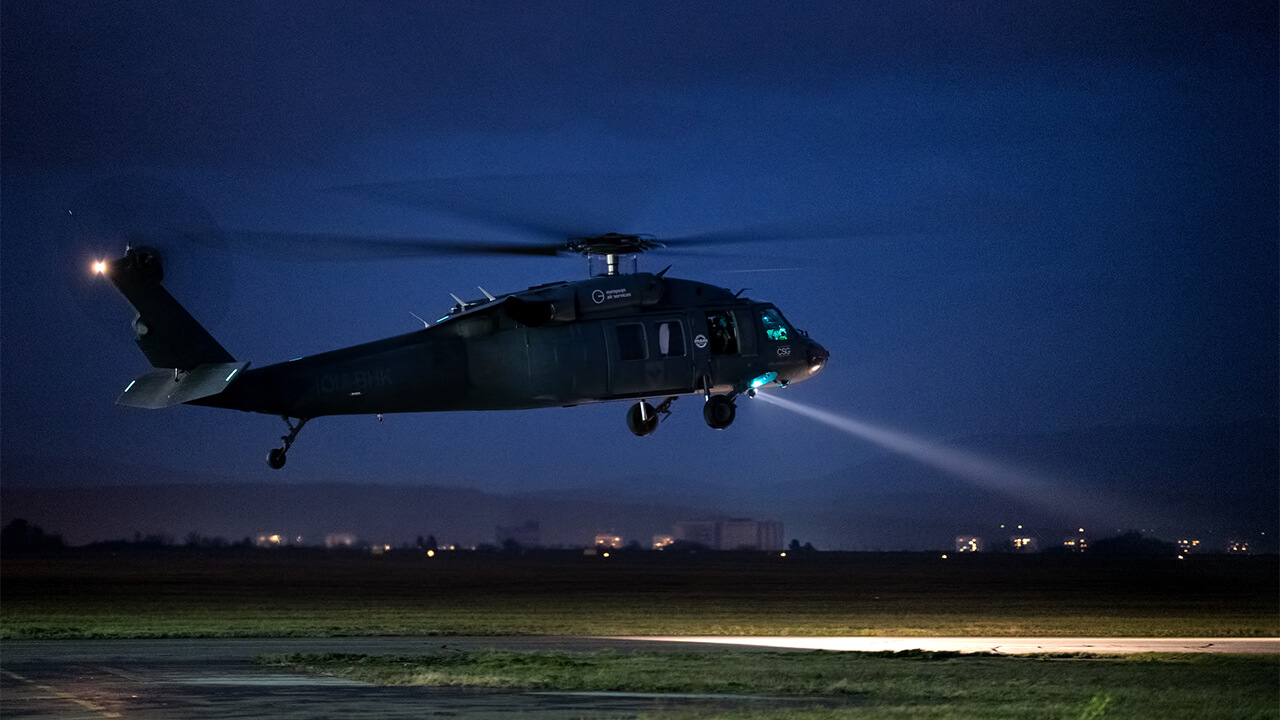The UH 60: A Powerful Helicopter for Search and Rescue, Transport, and Combat
Everything You Need to Understand About the UH 60 Helicopter
The UH-60 helicopter, a cornerstone of United state Military air travel given that its debut in 1979, stands for a remarkable blend of design and operational adaptability. As military needs advance, so as well does the helicopter, with ongoing innovations aimed at boosting its capabilities and incorporating contemporary innovations.
History of the UH-60
Developed in the late 1970s, the UH-60 Black Hawk helicopter became a response to the united state Military's demand for a flexible utility helicopter that might execute a range of objectives under challenging problems. The inspiration for its layout was the shortcomings identified in the earlier helicopters made use of throughout the Vietnam Battle, specifically in regards to speed, maneuverability, and survivability.
The Black Hawk was designed by Sikorsky Aircraft, integrating innovative technologies and materials to enhance its performance and sturdiness. It was formally introduced right into solution in 1979, quickly ending up being an essential possession for military procedures - uh 60. Its ability to move troops, clinical emptying, and logistical support in both battle and humanitarian goals made the Black Hawk an important component of the U.S. Military's aeronautics fleet
Throughout the years, the UH-60 has been continuously updated, adapting to the changing nature of warfare and the progressing needs of contemporary military operations. Its functional history includes involvement in major problems, peacekeeping objectives, and disaster alleviation efforts, strengthening its online reputation as a reliable and reputable helicopter in various environments worldwide.

Layout and Specifications
The layout of the UH-60 Black Hawk helicopter constantly reflects a dedication to operational performance and adaptability. Developed by Sikorsky Airplane, this medium-lift utility helicopter features a streamlined, aerodynamic body that enhances rate and maneuverability. Its tandem blades system, characterized by 2 counter-rotating blades, reduces resonance and enhances lift capability, enabling much safer operations in varied environments.
The UH-60 is powered by two T700-GE-701C turboshaft engines, giving a maximum speed of about 180 knots and a series of around 400 maritime miles. Its durable airframe is constructed from innovative composite materials, guaranteeing sturdiness while keeping a relatively reduced weight. The helicopter has an optimum gross weight of concerning 22,000 pounds, supporting a functional payload arrangement.

Duties and Objectives
A versatile system, the UH-60 Black Hawk helicopter offers a plethora of duties and goals within armed forces operations. Created mainly for army transportation, it can bring approximately 11 soldiers, making it a vital property for fast release and logistical assistance.
In addition to army transportation, the UH-60 stands out in clinical evacuation (MEDEVAC) objectives, outfitted with advanced medical equipment to give vital treatment during transportation. Its capability to operate in diverse settings improves its efficiency in combat search and rescue (CSAR) procedures, where quick removal of personnel is important.
The helicopter likewise plays a substantial role in reconnaissance and surveillance objectives, using onboard sensing units and tools to debrief. Its adaptability expands to logistical assistance, qualified of carrying materials and devices to ahead operating bases.
In fight operations, the UH-60 can be furnished with various weapon systems, allowing it to provide close air support. Its multi-role capability makes the Black Hawk a vital device for modern military pressures, adapting seamlessly to the advancing needs of combat zone circumstances and guaranteeing goal success across a variety of operational contexts.
Efficiency and Abilities
Recognized for its robust performance, the click site UH-60 Black Hawk helicopter boasts remarkable abilities that enhance its functional efficiency throughout numerous goals. uh 60. This multi-role airplane is equipped with powerful twin-engine Turbomeca Arriel 1D1 engines, offering extraordinary rate and maneuverability, with an optimum cruise ship speed of roughly 150 knots and a functional series of around 400 nautical miles
The Black Hawk's sophisticated avionics and fly-by-wire control systems considerably improve flight safety and handling, permitting it to operate in varied environments, consisting of adverse climate conditions. Its adaptability is further exhibited by its capacity to bring up to 11 totally furnished troops or a haul of around 8,000 extra pounds, making it ideal for army transportation, clinical evacuation, and logistical support missions.
Furthermore, the UH-60 is developed for survivability, including strengthened airframes, ballistic defense for crew and travelers, and progressed countermeasure systems to avert risks. The helicopter's dexterity and speed, integrated with its capacity for fast release, make it an indispensable property in modern army operations, making certain that it remains a vital component of tactical air support and field of battle movement.
Future Advancement

One substantial emphasis is the integration of sophisticated avionics systems, which will enhance situational recognition through enhanced navigation and communication capacities. This includes the possible use of synthetic knowledge to assist pilots in decision-making and goal planning.
Moreover, future versions may include sophisticated products and style attributes to boost the helicopter's longevity and minimize its radar signature, improving survivability in disputed atmospheres.
The introduction of hybrid-electric propulsion systems is additionally imminent, aiming to boost gas effectiveness and decrease logistical problems. Such developments can expand functional array and lower the helicopter's image source ecological impact.

Final Thought
The UH-60 my site helicopter stands for a significant advancement in armed forces aeronautics because its intro in 1979. The UH-60's withstanding visibility highlights its crucial duty in modern armed forces procedures and highlights the ongoing development of army aviation innovation.
The UH-60 helicopter, a cornerstone of U.S. Army aeronautics since its debut in 1979, stands for an amazing mix of design and operational flexibility. As army requirements progress, so too does the helicopter, with ongoing improvements intended at enhancing its abilities and incorporating modern-day innovations.The layout of the UH-60 Black Hawk helicopter regularly shows a dedication to functional efficiency and flexibility. Established by Sikorsky Aircraft, this medium-lift utility helicopter features a smooth, aerodynamic fuselage that improves speed and maneuverability.The UH-60 helicopter represents a considerable improvement in army aeronautics since its intro in 1979.